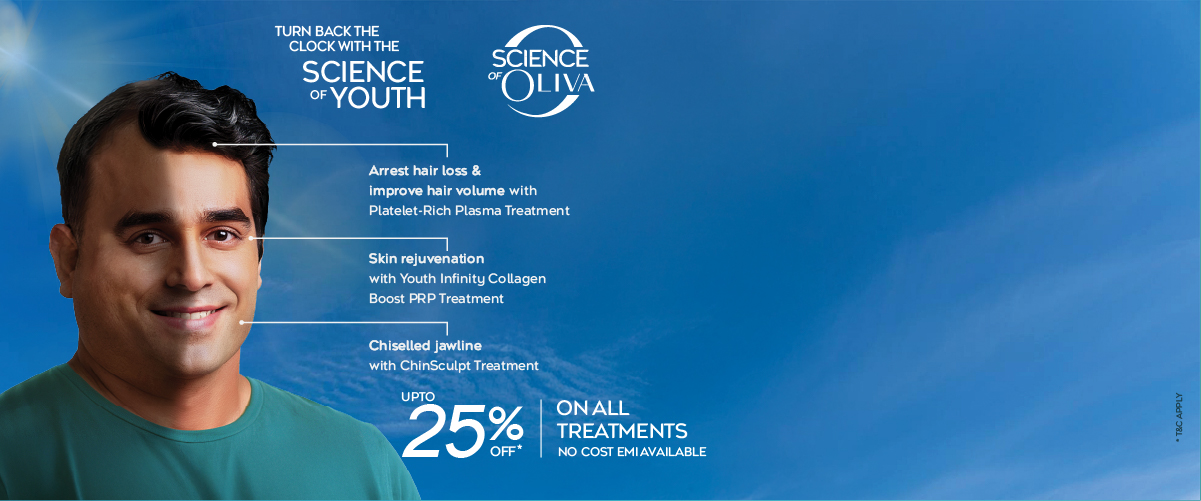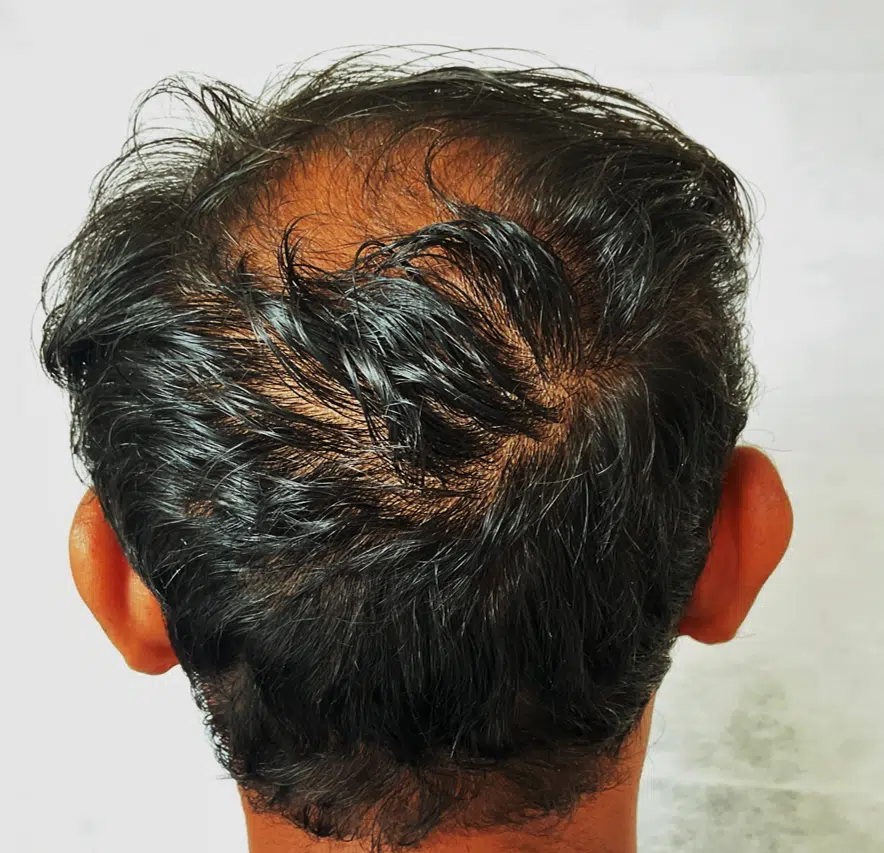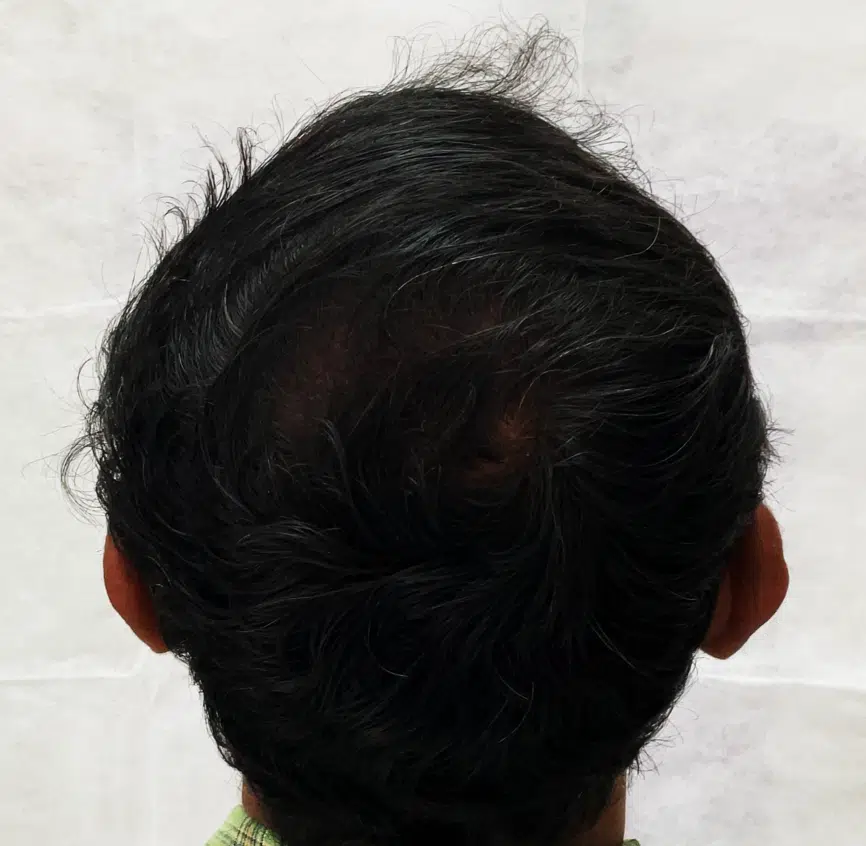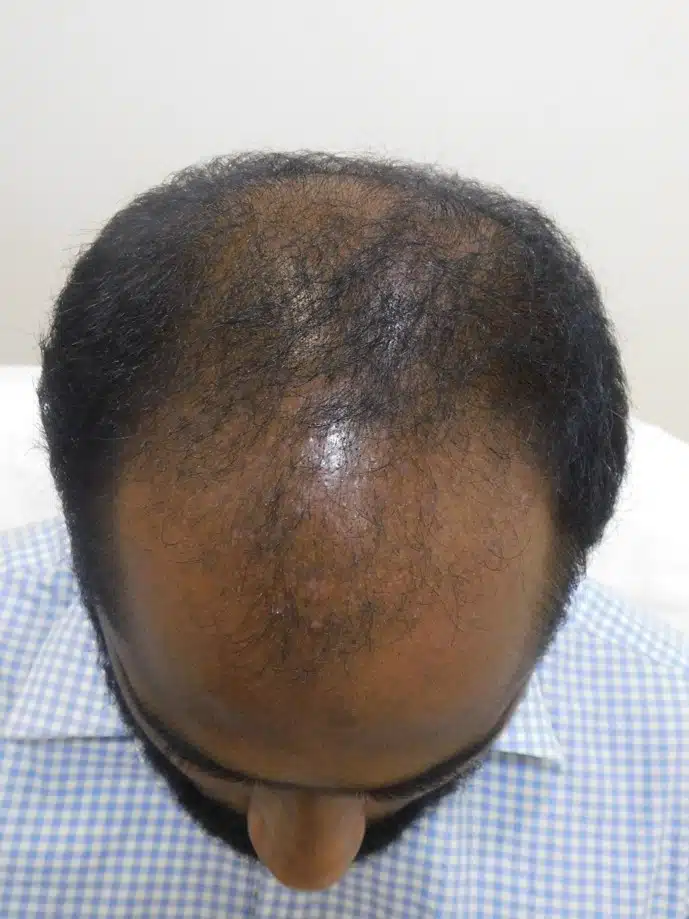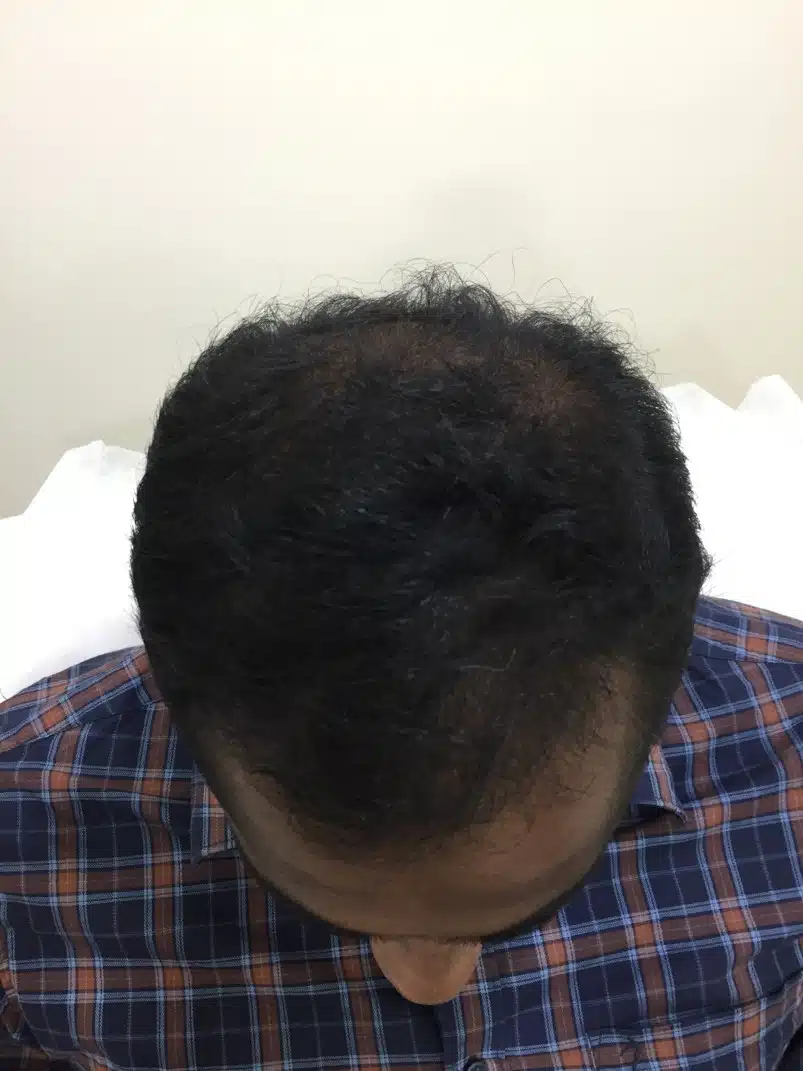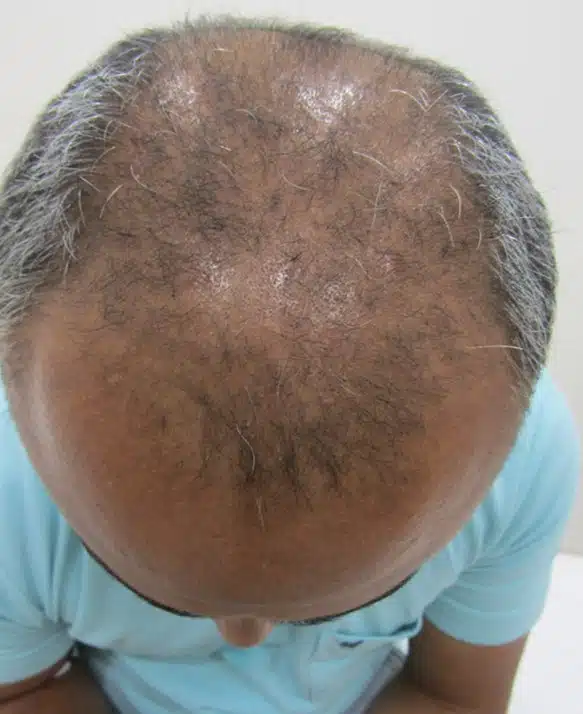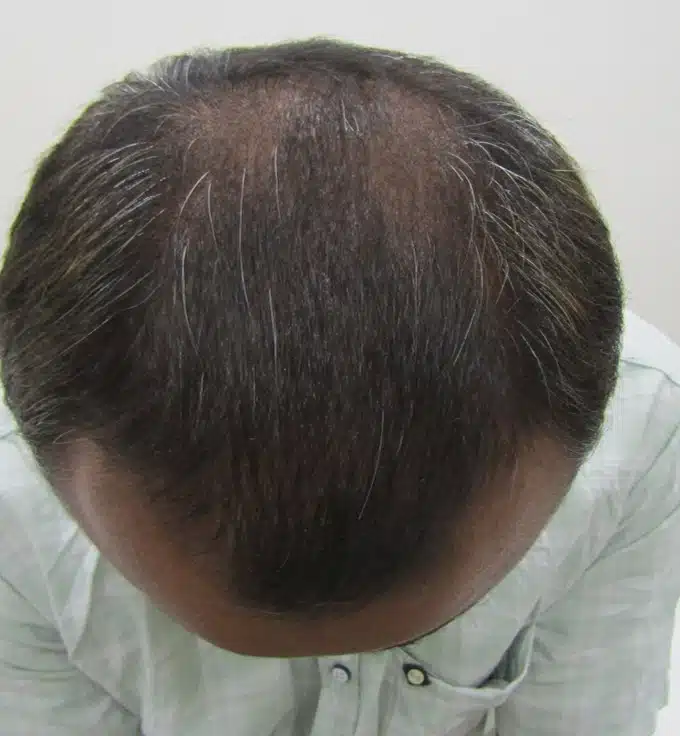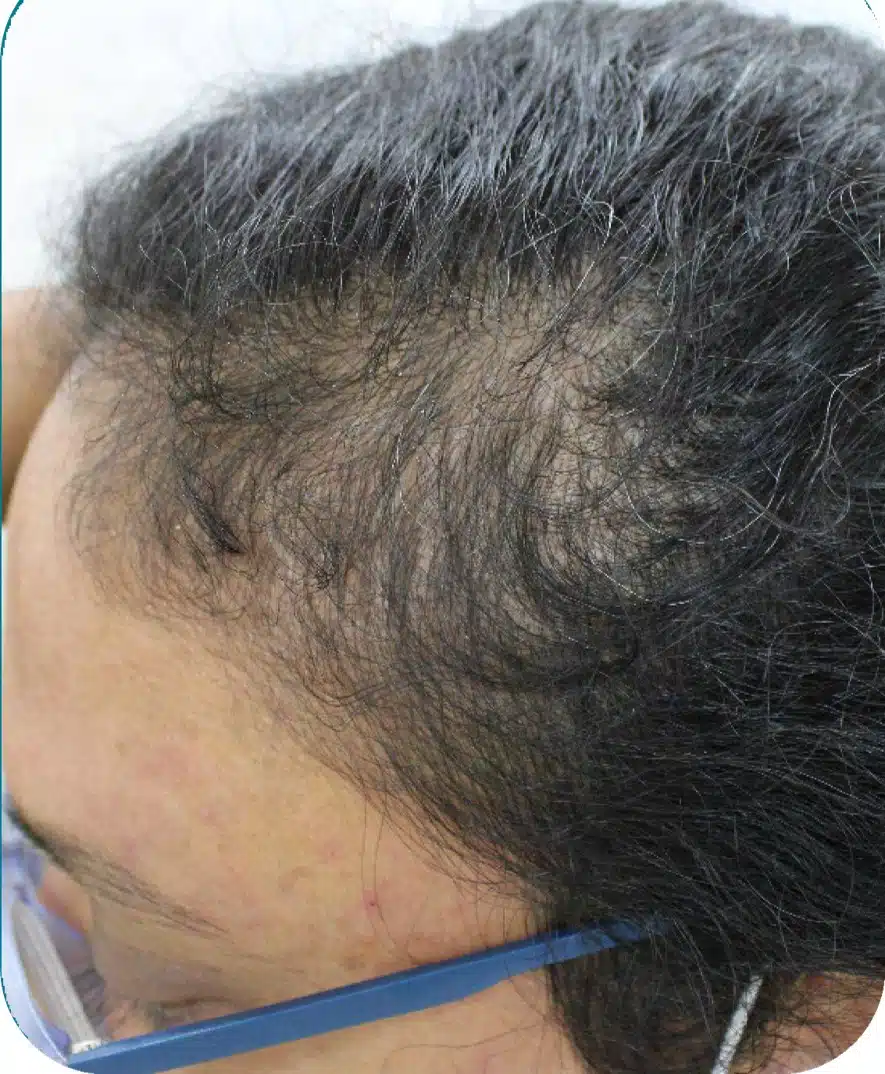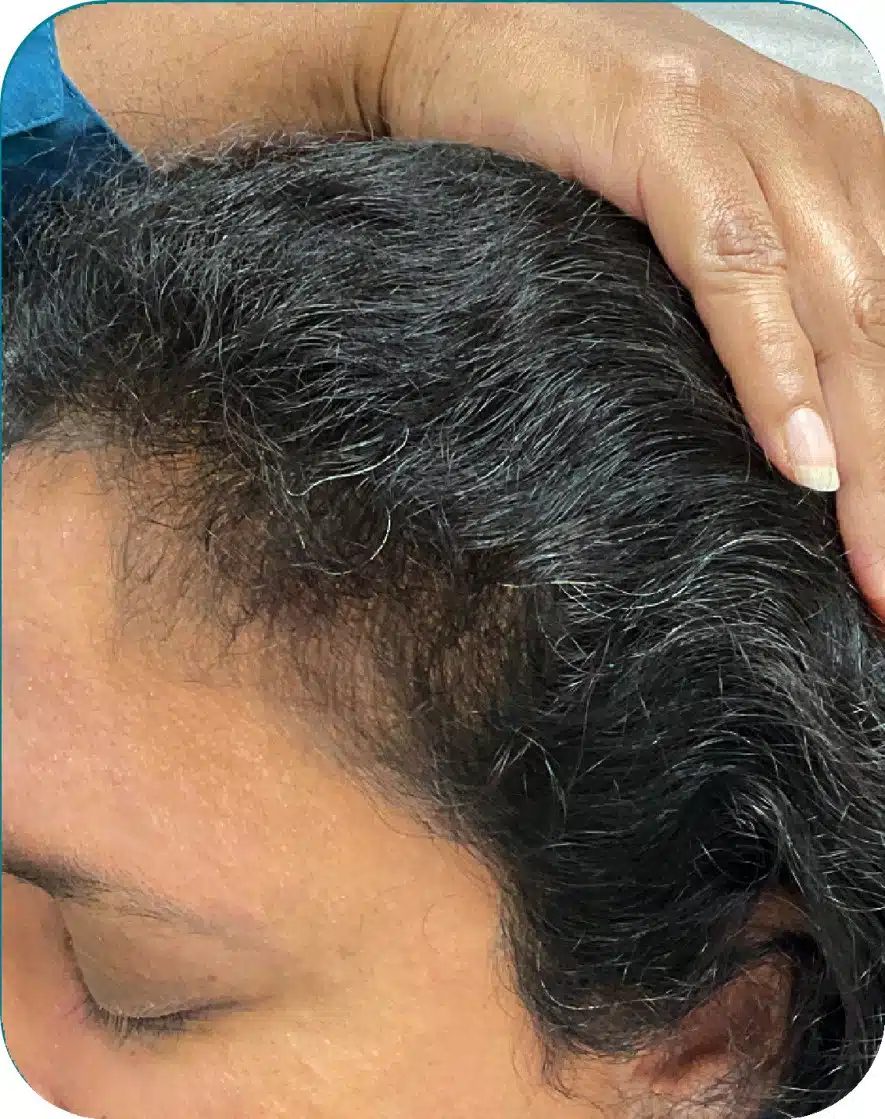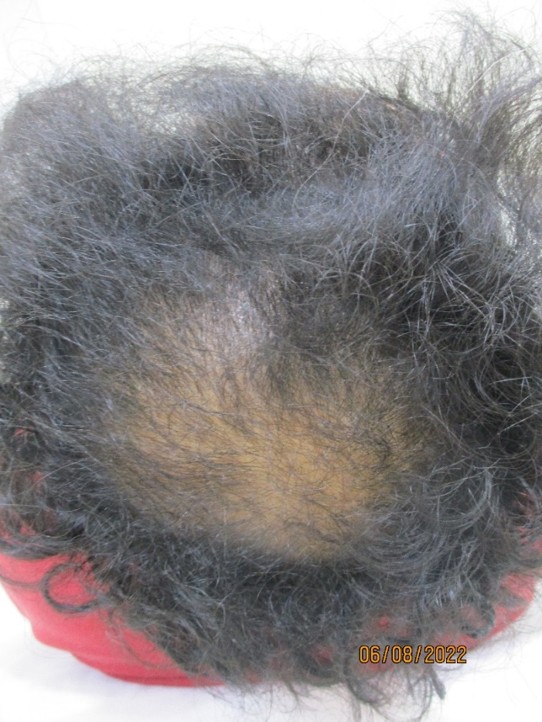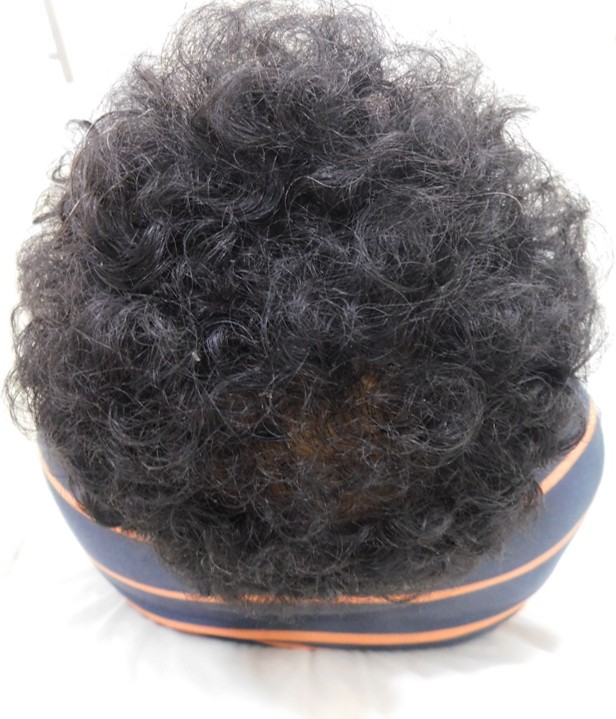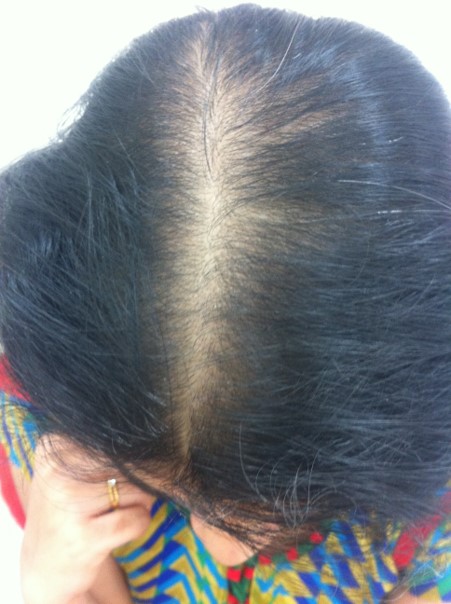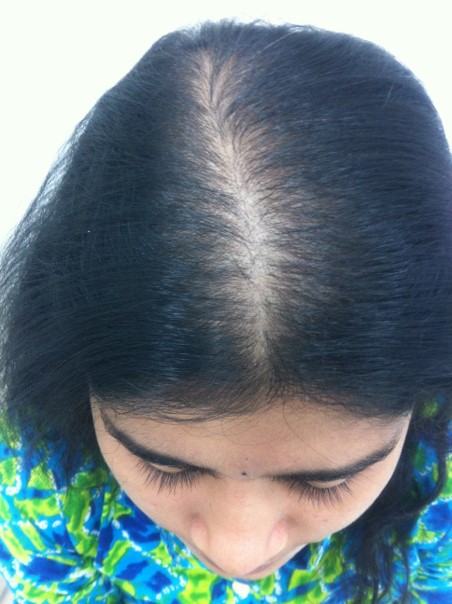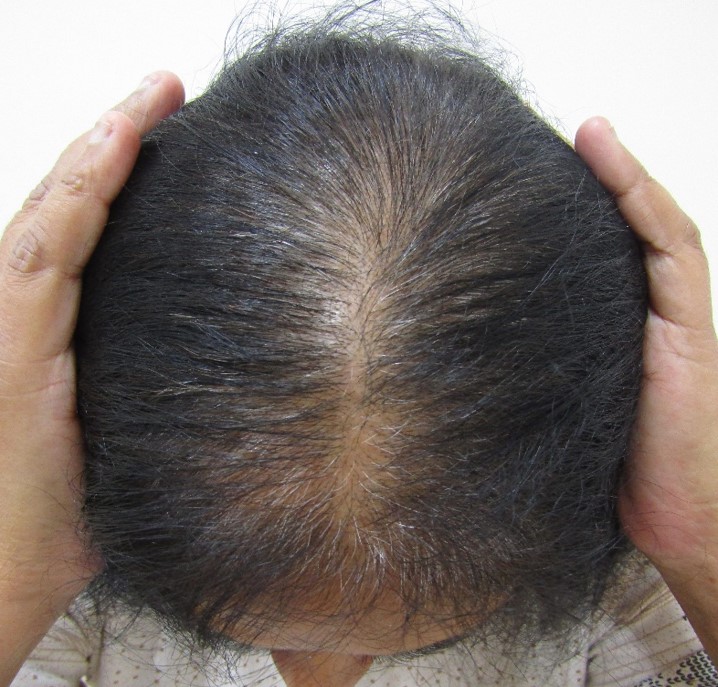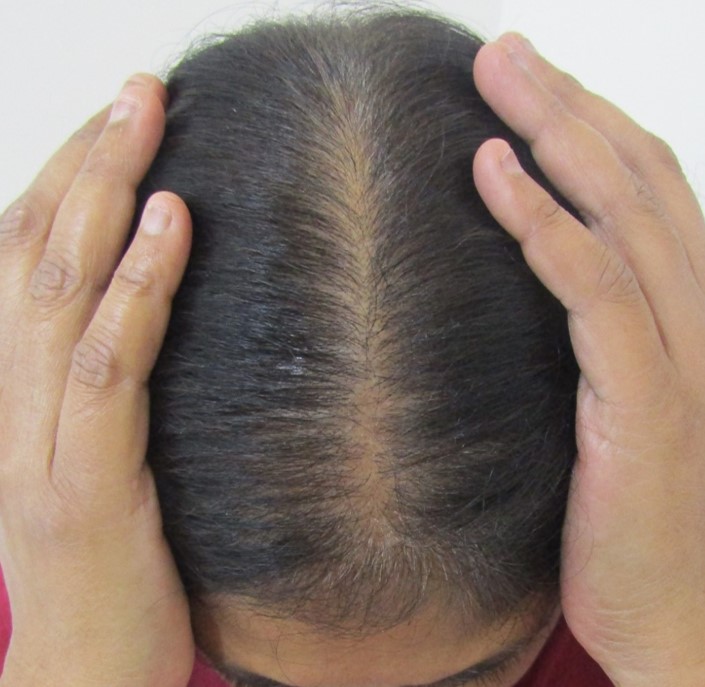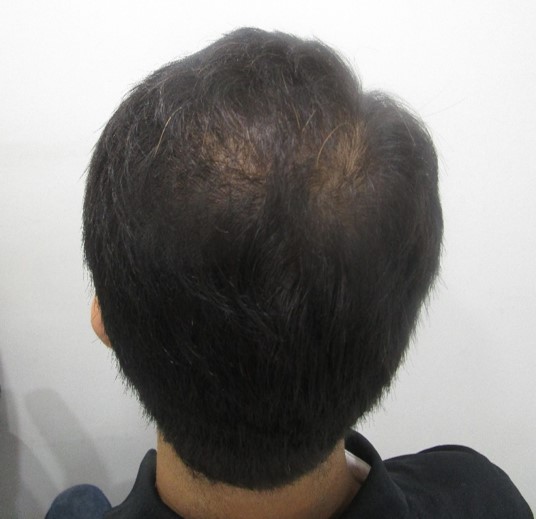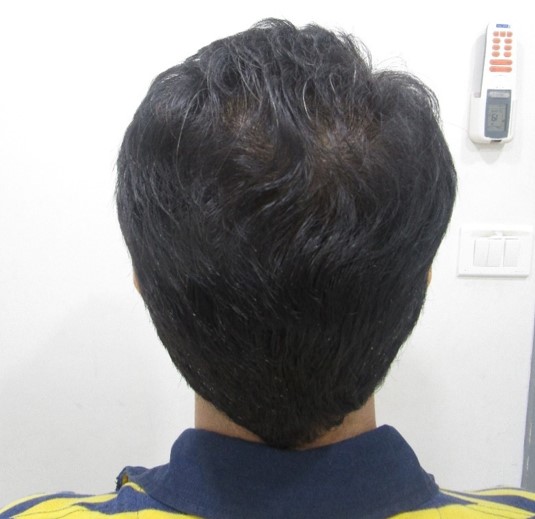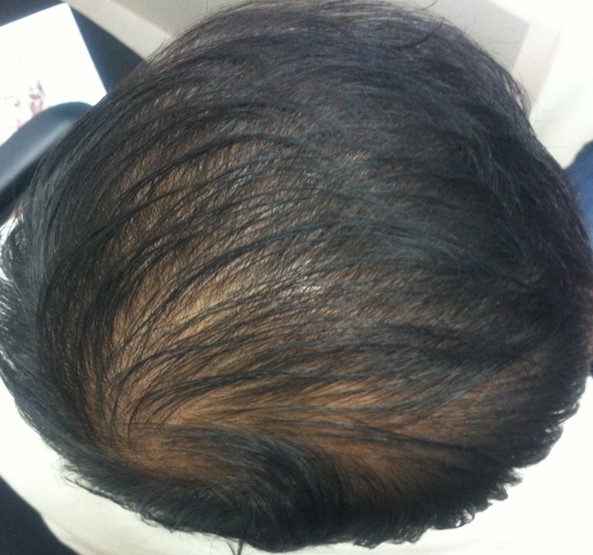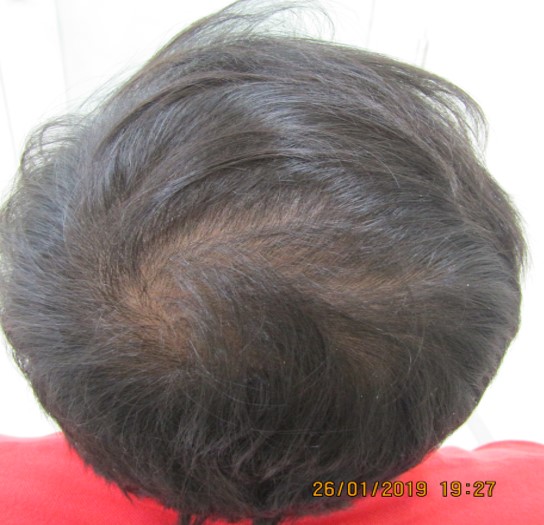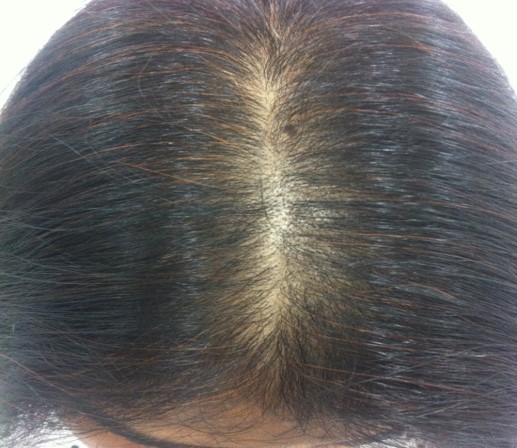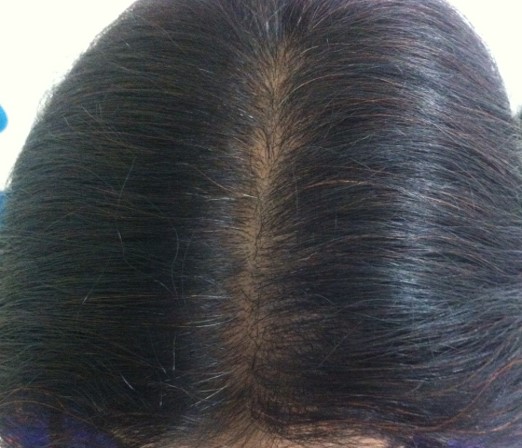Why Choose Oliva Clinics For PRP Hair Treatment?
Choosing the right clinic is crucial for the success of your hair loss treatment. At Oliva, we combine medical expertise, advanced technology, and personalised care to deliver safe and effective PRP hair treatment results. Here are the top reasons why Oliva Clinics has the highest PRP hair treatment success rate:
Over 115 experienced MD-certified dermatologists.
V-Discover - A 5-step consultation to understand your skin, hair & body.
US-FDA approved equipment ensuring safety and effectiveness.
Achieve significant improvement in a few sessions.
No hidden costs. We ensure full transparency at every step.
Served 1,09,000+ happy clients with a 95% satisfaction rate.
How Does PRP Hair Treatment Work?
PRP hair treatment is a hair regenerative therapy that uses the client’s own platelets to stimulate hair growth. The process involves drawing a small amount of blood from the client’s arm and processing it in the centrifuge machine to separate the concentrated platelets from the other blood particles. Dermatologists then inject these concentrated platelets into the affected areas of scalp, releasing growth factors that stimulate dormant hair follicles and improve blood flow to the scalp. This ultimately leads to a head full of thicker and denser hair naturally.
Hair Loss Concerns Treated By PRP Treatment
PRP hair treatment addresses various hair loss conditions. Let us look at some of the types of hair loss and learn if PRP treatment is a viable option or not:
Benefits Of PRP Hair Treatment
PRP hair treatment offers multiple benefits to address hair thinning and hair loss. Here’s why it’s gaining popularity as a go-to hair regrowth solution.
PRP Hair Treatment Procedure At Oliva
The PRP treatment for hair loss at Oliva involves the following three steps:
Pre-Treatment

- This is the initial phase of the treatment, which involves a personalised consultation with one of our experienced dermato-trichologists who will conduct a trichoscan to assess the condition of your hair and scalp.
- They will also review your medical history, including your genetic predisposition to balding, lifestyle, and dietary habits.
- Additionally, they may conduct tests to identify any underlying nutritional deficiencies or hormonal imbalances.
- Based on this evaluation, they will curate a personalised treatment plan outlining the recommended number of PRP sessions, along with oral or topical medications if necessary.
During Treatment
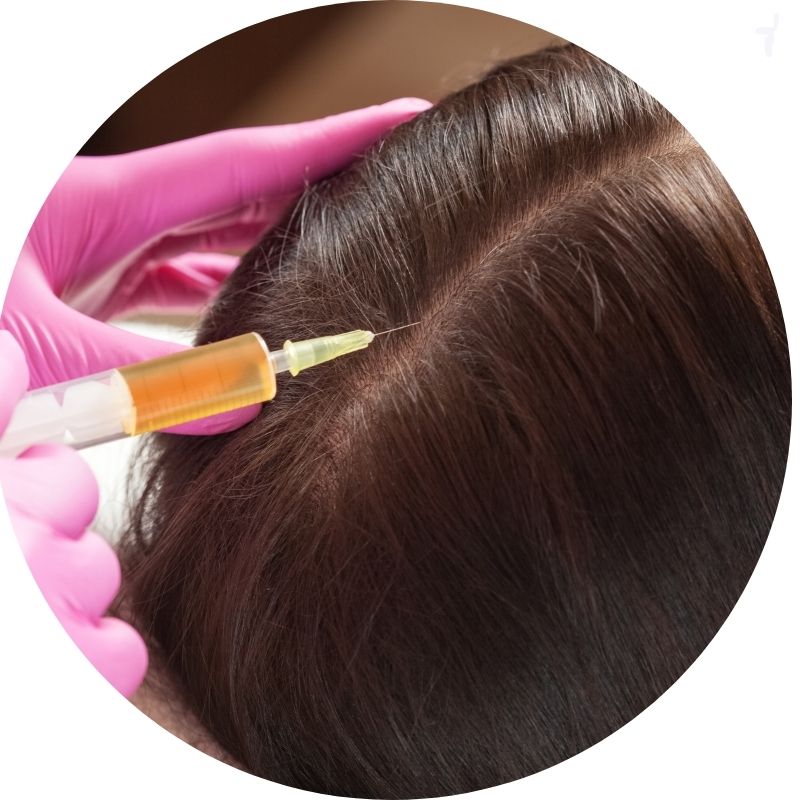
- On the day of treatment, the doctor will draw 20 ml of blood from your arm.
- They will use the centrifuge technique to separate the platelets from the blood. The doctor will do the double spin method to
- Dermatologists utilise the centrifuge technique and the double-spin method for separating platelet-rich plasma from blood that is rich in growth factors.
- The trichologists will extract the PRP and activate the growth factors in it using an activating agent.
- They will now inject the extracted PRP into the areas of the scalp affected by hair loss using microneedles. Before injecting, the doctors will administer local anaesthesia to the scalp to minimise any discomfort.
Post-Treatment

- After the treatment procedure, our experienced hair specialists may recommend minimal aftercare to alleviate any temporary discomfort that may occur.
- They may also suggest oral or topical medications to enhance and support optimal hair regrowth.

If you're looking for a non-surgical way to combat hair thinning and stimulate regrowth, PRP hair treatment at Oliva Clinics is your only solution. Our dermatologists will curate a customised PRP hair treatment plan tailored to your needs. Visit your nearest clinic today for a personalised consultation.
Book NowBefore & After Results Of PRP Hair Treatment
Curious about what to expect from PRP? Check out the results experienced by clients who chose PRP hair treatment for hair thinning and early balding. These before-and-after results highlight the treatment’s effectiveness in restoring hair density and reducing hair fall over time.
*Images are from real clients, and results can be subjective
What Are The Side Effects Of PRP Hair Treatment?
PRP hair treatment is generally considered safe and does not include any significant side effects. Some may experience mild side effects like redness, swelling, pain, or bruising at the injection site. These are temporary and usually subside within a few hours to two days. Serious side effects from PRP hair treatment are rare. These may include minor risks like infection, allergic reactions, internal injury, or scarring. The risk of major side effects from PRP hair treatment is very low, particularly when performed by a qualified dermatologist in a sterile, professional setting. Choosing an expert ensures both safety and effective results.
Client Reviews
Hear what our clients have to say about their experience with PRP hair treatment at Oliva and the visible transformations they have achieved.
Total Reviews
Average Ratings
Verified client
Verified client
Verified client

